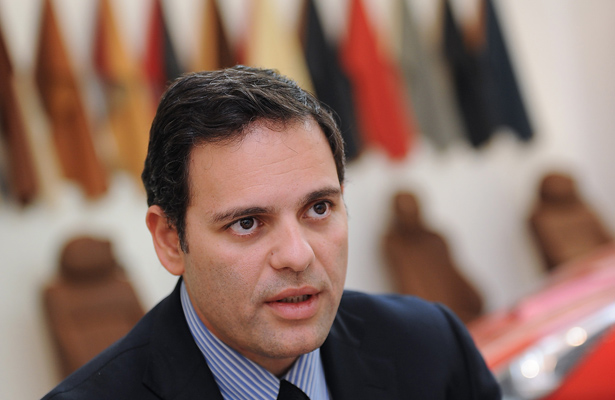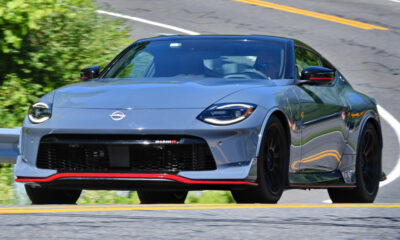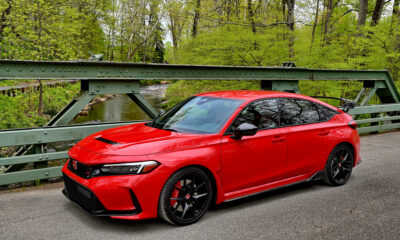
Photo: Ferrari North America
As the TUDOR United SportsCar Championship heads south from Daytona to Sebring, it marks the second race for Ferrari North America’s new president and CEO Edwin Fenech in his new role.
Fenech entered his new position in November 2014 to replace Marco Mattiacci, who was promoted to and has since been replaced as team principal of the Scuderia Ferrari Formula 1 team.
The season-opening Rolex 24 at Daytona offered Fenech an opportunity to view the landscape of the North American racing scene and overall market, which differs vastly from his most recent experience as president and CEO of Ferrari’s Greater China market.
“The difference is so huge between China and the U.S.,” Fenech told Sportscar365. “The U.S. has 60 years of anniversary and 60 years of presence.
“In China, we’ve celebrated a 20-year anniversary but to be honest, the market only really started to have a bit of potential 10-12 years ago.
“When we started here 60 years ago, we started when the market was completely different.”
While in China, the French-Italian tripled Ferrari’s dealer network, introduced the Ferrari Pirelli Cup Challenge to Asia and launched limited editions for the market.
Fenech is adjusting to both the U.S. market, although he continues to hail Ferrari’s potential and continued presence in the U.S.
“The first thing you feel here is that Ferrari is in the market with the biggest potential by far,” he said. “We have the legacy, and for 60 years we have participated to build the myth of Ferrari.
“We feel that Ferrari is part of U.S. The U.S. for us is the most important market in the world, and this has always been true through the years.”
The company is set to transition soon from the current model 458 to the new 488 GTB, which was presented at the Geneva Motor Show earlier this month.
While Fenech wouldn’t be pressed on a timeline on when a racing version of the new car would be introduced in either GTE or GT3 specification, he did indicate the company’s continued long-term presence in sports car racing.
The 458 currently competes as one of the most popular models in both classes, with the F458 Italia now in its fifth year of service in GTE and the 458 Italia GT3 racing worldwide in several different series.
“First of all (here in TUDOR), we are in two very competitive series, GT Le Mans and GT Daytona,” Fenech said.
“The take is that we have a very competitive car. But we have been a little bit unlucky.
“My take is, as Ferrari North America, we have to support our teams here to make them more competitive. We have the intention to put the resources to make them win the races, maybe not here (in Daytona), but definitely the championship.”
He was blown away by his first trip to Daytona for the Rolex 24 in January.
“When you’re coming to Daytona, you’re not coming to just any circuit in the world. This is a very special one,” Fenech said.
“When you come here you cannot imagine what it is. If you are not used to it, it shows you what is here in this country. The reality exceeds expectations.”
Fenech hopes to hear of Ferrari breaking a rare and somewhat surprising drought at Sebring this weekend.
Ferrari has not scored a class win at Sebring since Olivier Beretta, Andrea Bertolini and Marco Cioci won the GTE-Pro class in 2012, the first race for the relaunched FIA World Endurance Championship.
That was something of a “victory in name only” for Ferrari, as Beretta lost out on the overall GT win to American Le Mans Series GT class competitor Joey Hand in a BMW M3 in the dying stages of the race.
The last time Ferrari was top overall in GT was in 2010, when Jaime Melo, Gianmaria Bruni and Pierre Kaffer took the class win at Sebring in the No. 62 Risi Competizione Ferrari F430 GT.
Overall though, Fenech looks to continue to grow Ferrari’s brand presence and increase car sales here in the U.S.
“People embrace our business model, which is always exclusivity: always build one car less than what the market requires,” Fenech said. “People here understand if they want a car, they have to wait. We don’t build a car immediately.
“I prefer to invest into branding activities. We created a museum; we’re making events about our history, legacy, and the Ferrari World Final for instance. We have our Ferrari racing days.
“We continue to teach the people what Ferrari stands for. People are seeing the results of that.”

























